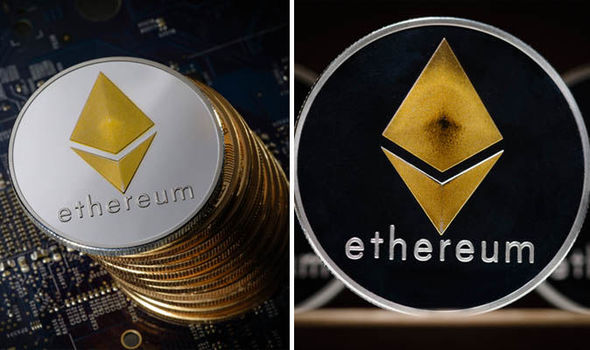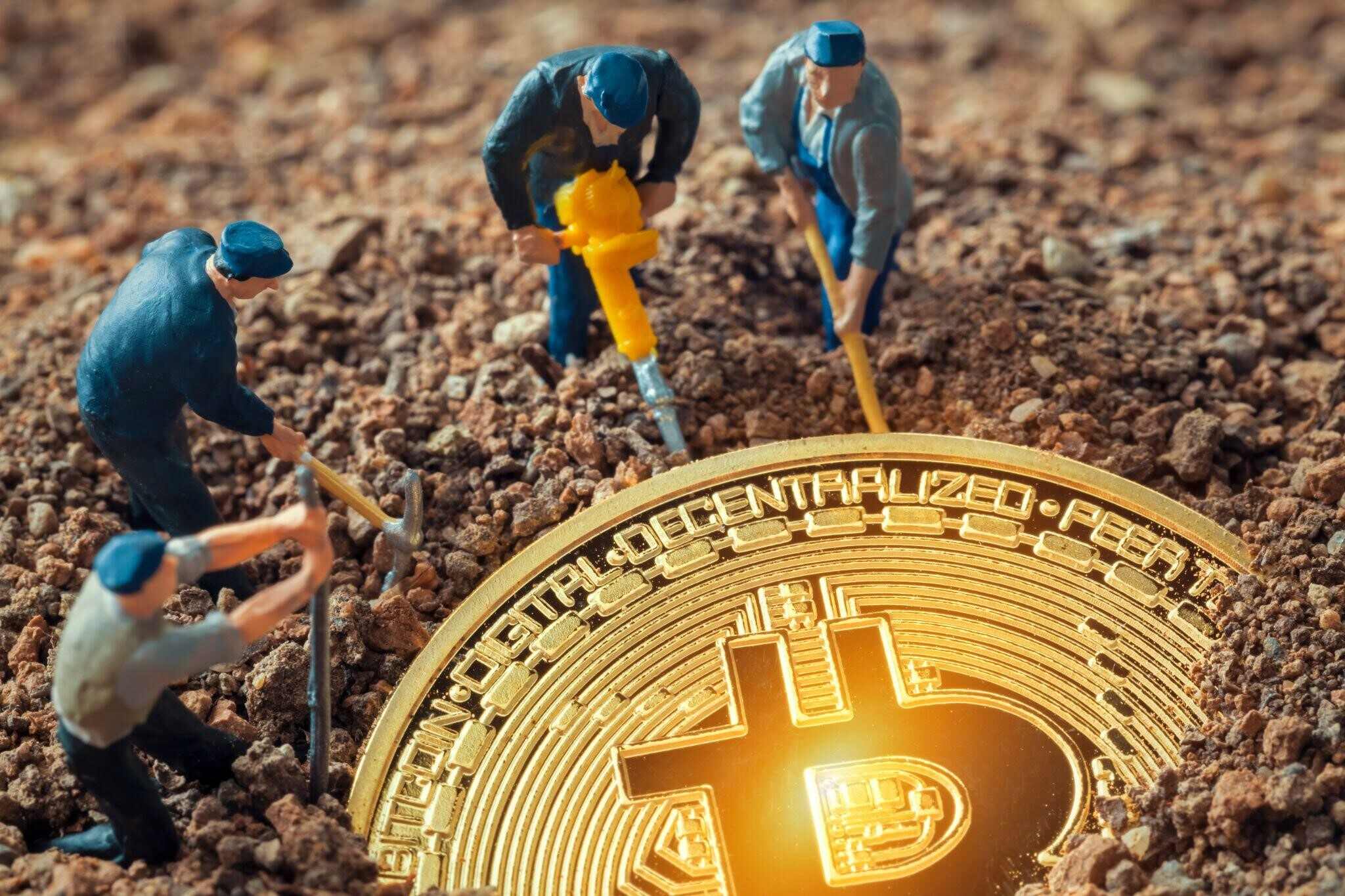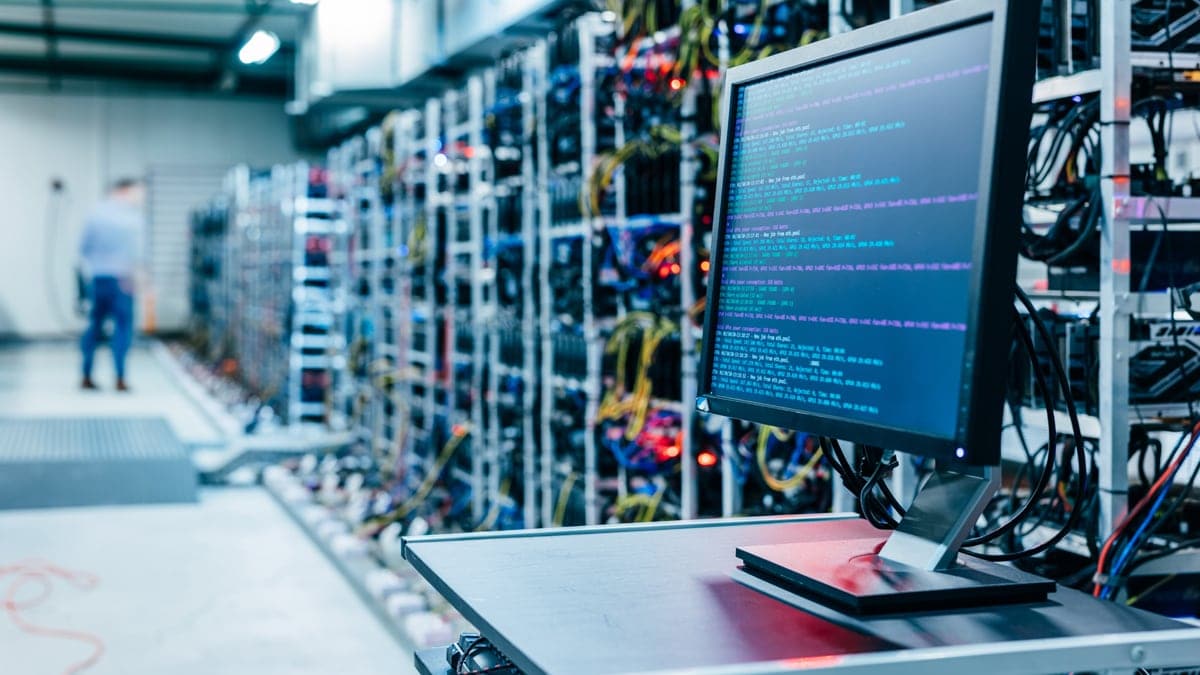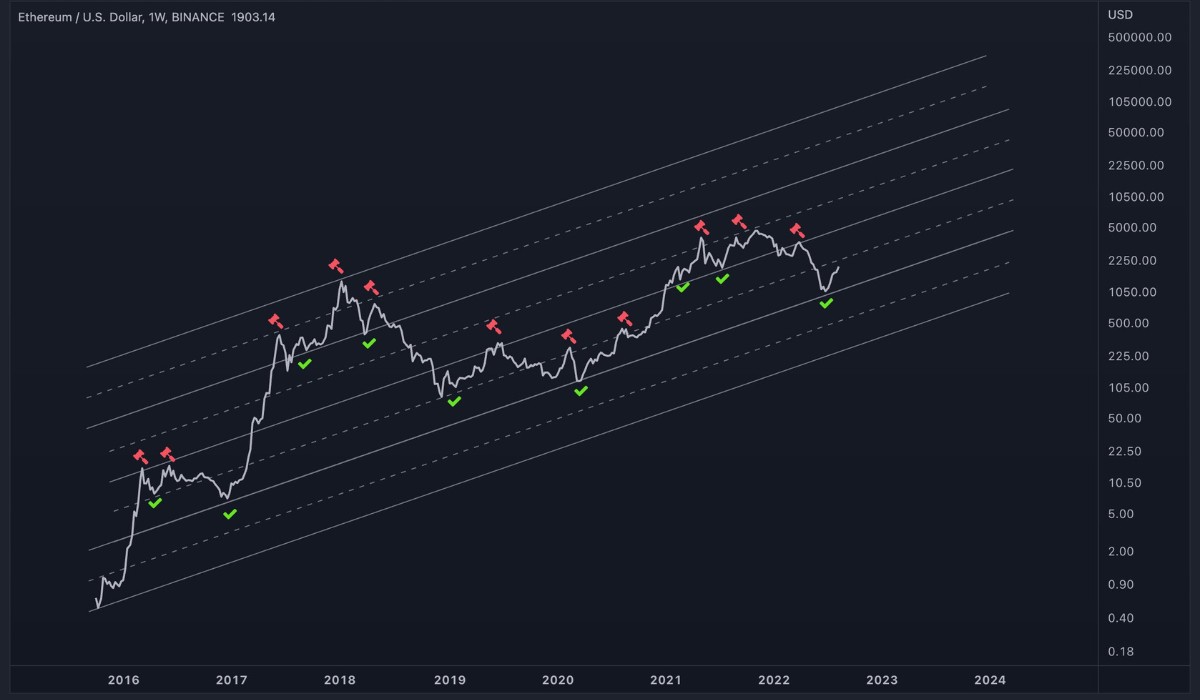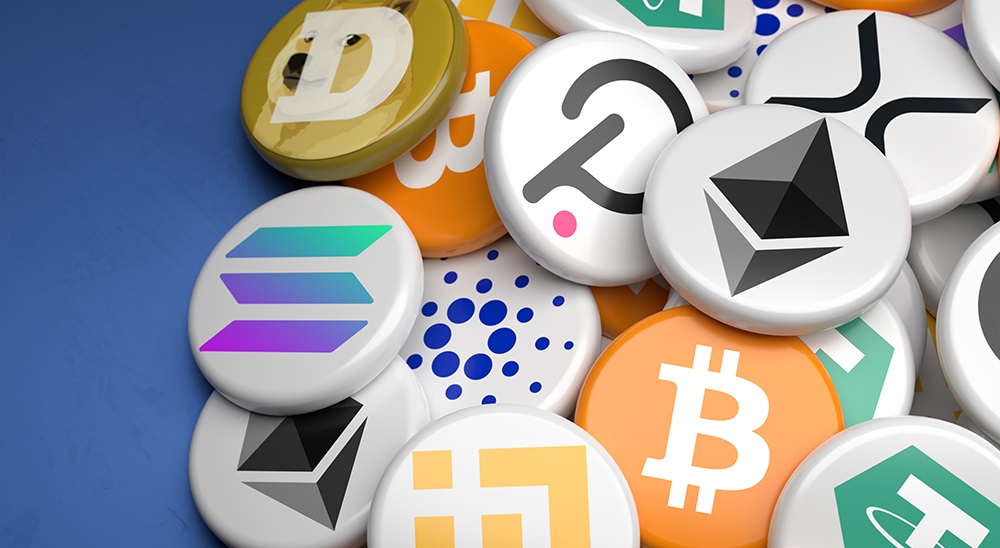The idea of cryptocurrency mining paints a lucrative picture. Imagine having a couple of computers and hardware sitting somewhere in the house, generating passive income in the form of a digital asset. The potential rewards can spur some people into becoming cryptocurrency miners.
However, is mining Ethereum still viable today?
Thanks to Bitcoin’s proof of work system, mining has become synonymous with blockchain and cryptocurrency. The concept revolves around participants who contribute to the network and rewarded with the network’s native cryptocurrency. In the early days of cryptocurrency mining, people can mine on their computers. Nowadays, there’s growing popularity in the cryptocurrency industry. Moreover, the mining game has become more difficult. Anyone can set up their rig and start mining Ethereum. However, can they still turn a profit?
Many factors are contributing to the rise of Ethereum mining and its profitability. Furthermore, it is important to first understand what Ethereum does, its use case, and the logic behind mining Ethereum. In this article, we will separate facts from fanciful fiction. We will do this by systematically going through Ethereum, the blockchain project, as well as how to mine Ethereum.
What Is Ethereum?
Launched in 2015, Ethereum is the second-largest cryptocurrency. The market capacity is standing in at 19. 8billion with a 107.42 million circulating supply. Its popularity has gained the cryptocurrency widespread integration with exchanges and merchants. For this reason, it becomes very accessible to acquire and trade.
As a blockchain project, Ethereum is an open-sourced, decentralized public blockchain platform. It facilitates the running of peer to peer contracts called smart contracts. Besides, it allows the building of other decentralized applications on it. It functions as both a decentralized supercomputer as well as a decentralized application store (DAPP), where aspiring developers can use Ethereum to develop their own blockchain applications.
Traditionally, transactional contracts such as a business deal might need multiple parties such as lawyers, escrows, and banks to verify and enforce the terms of the agreement within the contact. This makes it a more costly process than it should be. Upon fulfillment of the contract, these intermediaries have to be paid out. Besides, complete trust with a central authority is needed to verify and send out the funds.
With Ethereum smart contacts, the process is simplified, made cheaper, and faster. And so, there is no need for third-party intermediaries to facilitate the transactions. Under Ethereum’s smart contract system, the agreements are codified and enforced with protocols. These smart contracts which are noticeable as highly programmable digital money are sets of codes. These codes can transfer the terms agreed upon including the funds once they meet the stipulated conditions. This is achievable on the network without a third party executing the transaction or enforcing it on behalf of the individuals involved. Therefore, by cutting out the middlemen, the users of Ethereum smart contracts can save both time and cost.
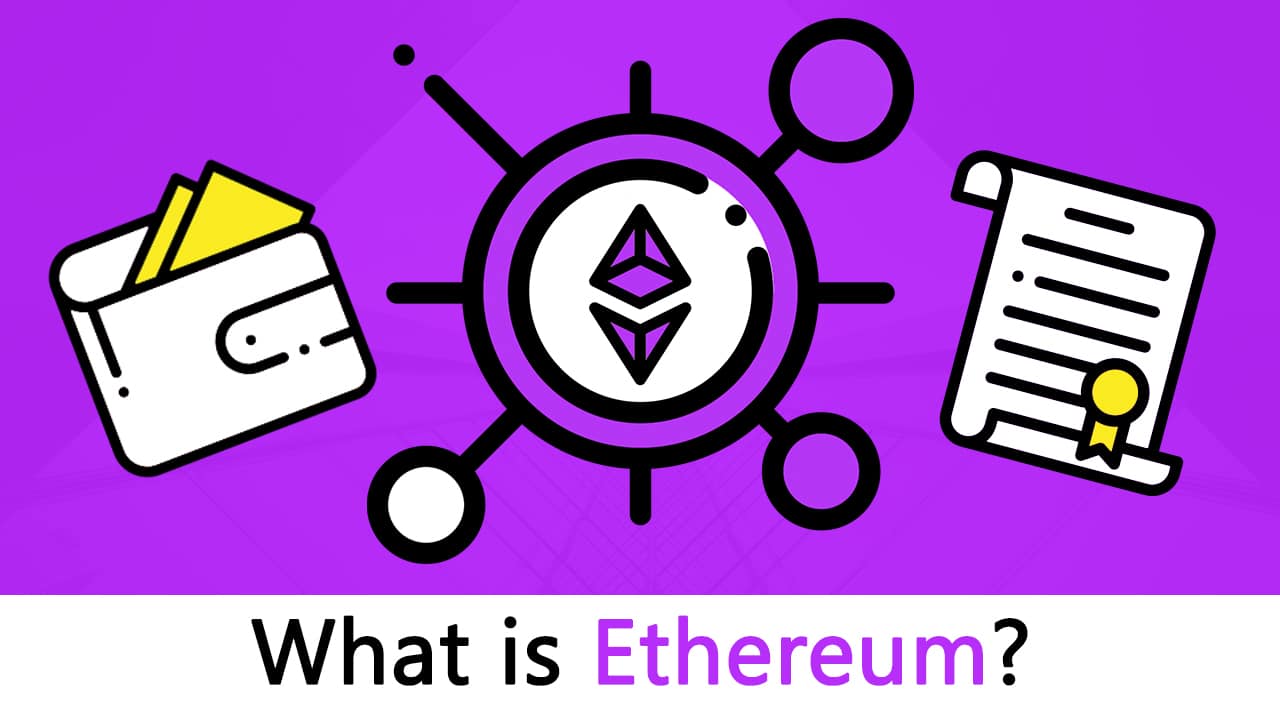

Ethereum: A Decentralized Application
Ethereum allows other developers to build their blockchain projects on it. The types of DAPPs on Ethereum are vast. They are ranging from anonymous identity verification to shared computing power and social media. Regardless of the purpose, all of these blockchain projects built on the Ethereum platform will constitute as ERC-20 tokens. Moreover, their transactional activities will require Ether, Ethereum’s native cryptocurrency, to operate.
So how does Ethereum build network security and make sure no one cheats the blockchain system?
This is where decentralization and proof of work come in.


Decentralization
The first crucial feature that secures the Ethereum network is decentralization. Being a decentralized entity eliminates a single point of failure or control, making internal corrupt dealings, and external influence impractical as it would be too costly and difficult. To cheat the blockchain would require the perpetrator to copy all of the blockchain’s history and amend it. Moreover, the entire network’s participant and community need to witness it. Not the best of ideas.
Proof Of Work
The second critical feature for network security is proof of work. This is also where the mining aspect of Ethereum comes in. Ethereum’s proof of work system allows the Ethereum network to agree on the state of the blockchain. Consequently, preventing certain kinds of economic attack and verifying Ether transactions. On proof of work, participants who contribute to the network come to a consensus on the Ethereum blockchain’s transaction history. Ether, the coveted digital token, is awarded to these participants. Ether is essential to the economics of the Ethereum network and central to mining. Without ether, mining would be a much less lucrative venture.
Ethereum, Ether, And Gas
On the Ethereum network, transactional activities require computational power to process. Gas is the amount of computational work needed and done. It is the unit of measuring the computational work of running transactions. There are bases for the amount of Gas needed. These are the storage needs, the bandwidth required, and the complexity of the action. The Gas price for the computational work is then set in Gwei. In addition, 1 Ether worth 1,000,000,000 Gwei.
All transactions that take place on the Ethereum platform requires Ether to pay for the Gas price of the computational work done. This is true for blockchain projects with their digital currency on the Ethereum network. An example is when moving an ERC-20 token from one wallet to another. Ether will be used as a transactional fee to process this request even though the application has its native cryptocurrency.
Ether exists as a digital asset and comprises of a unique piece of code that allows it to pay for the computing resources needed to run applications on the Ethereum network. As such, it is the “fuel” for operating on the Ethereum platform. The validation of transactions on the Ethereum platform from mining in the proof of work system created Ether. As a digital asset, Ether is very valuable with a multitude of utilities. As a form of money, it has the qualities that allow it to be a store of value, a medium of exchange, and representation for a unit of account. It is used as a tradable investment for developers to build apps on the Ethereum network.
Therefore, acquiring Ether from mining Ethereum is still lucrative if the returns can cover the cost of mining operations.
Mining Ethereum
Mining is a way to generate Ether without a central issuer. It gives Ethereum a scalable token supply. During the mining of Ethereum, there’s a need to solve complex mathematical problems to verify transactions on the blockchain. This process of mining that makes record-keeping on the blockchain possible. This, in turn, supports Ethereum’s trust-less monetary system.
In the traditional financial system, entities such as banks, are in charge of record-keeping to make sure funds are not double spent. Likewise, they did not create money out of thin air. In Ethereum’s proof of work, the entire network and not the individual intermediaries, verify transactions that take place. They add these confirmed transactions to the public ledger.
At the start of the mining process, miners use computers to solve complex mathematical puzzles until one of them wins the right to the next block of transaction. Next, the miners will run the block’s unique header metadata through a hash function with only changed nonce value. Through computer programs, the miner will find the hash that matches a target. After that, he will receive Ether. Moreover, broadcasting the block of transaction across the network is needed for each node to validate.
These miners randomly earn Ether. Their profitability depends on luck and dedicated computing power. In approximately twelve to fifteen seconds, a miner finds a block. If the rate is too fast or slow, the Ethereum networks algorithm will re-adjust the difficulty. This way, the rate at which each block is verified returns to twelve from fifteen-second range.


Rewards In Ethereum
Initially, the reward for each block verified is five Ether. However, in October 2017, the reward dropped to three. This drop-in reward has a significant impact on profitability, especially in a bear market. If the price of Ether is $500 and the reward is 5 Ether per block, the revenue generated is $2,500.
If the price of Ether drops to $100 such as how it did in December of 2018 and the block reward is reduced to 3 Ether, then the revenue comes down to only $300.
It is for this reason; many people are unable to sustain mining operations in a bear market. For this reason, revenue must exceed the cost of mining Ethereum to be profitable. Since they are using Ether as an incentive to encourage mining and support the Ethereum network, Ethereum’s price will affect the popularity and viability of mining. Thus, price serves as a major deciding factor for a venture into Ethereum mining.


Ethereum Mining Hardware
Technically anyone can mine Ethereum. However, in the race for mining supremacy, it is harder and harder to turn a profit with low powered set up such as your home computer. This is because the contribution power from a desktop cannot compete with specialized mining hardware. However, this is especially true when mining on major blockchains such as Ethereum. The reason is, more people are willing to invest in the latest and most powerful hardware.
As a hobbyist and enthusiast, it is perfectly fine to run your operations anyway you wish. However, if you are serious about mining, you better understand the basics of Ethereum mining hardware.
Unlike Bitcoin mining, expensive ASICs, which are essentially specialized mining chips, cannot be used in Ethereum mining. This is a result of Ethereum’s proof of work algorithm Ethash. This is designed to require more memory, thereby making ASICs harder to use in mining Ethereum.
CPU And GPU: Hardware Used In Ethereum Mining
CPU is short for centralized processing unit which is equivalent to using your own computer’s processor.
GPU, on the other hand, is a graphics processing unit. It is more powerful than the CPU. Using it will increase the mining hash rate, thus the miner’s ability to solve the algorithms puzzle becomes faster. Currently, GPU is the only viable option for Ether Miner. Its cost ranges from $500 – $1000. AMDRX 580/570 and Nividia GTX 1070 are examples of these GPUs.
Installing The Software
After you have chosen the mining hardware, which is most likely an Ethereum mining GPU, you will need to install the software needed to connect your node to the rest of the Ethereum network. This software provides you with the ability to deploy your smart contracts and send transactions using command lines.
After setting up your mining devices, you need to install the hardware drivers. Following that, you will need to download a client to connect your node to the rest of the Ethereum network. The third step involves installing Geth, a command-line which will run the Ethereum node written in the script language “GO.” The fourth step connects you to the Ethereum network. There, you will need to install a program called Ethminer. This program is designed to make your GPU run the hashing algorithm that is needed to secure the network through proof of work.
That’s it! Once installed, your node is now connected. It is now ready to interact with other nodes on the Ethereum network!
Mining Profitability
Your Ethereum mining operation is now set up. However, can you run it profitably?
Your hash rate performance, power consumption, and hardware cost determine your profitability in Ethereum mining. There are ways that an individual can improve the chances of mining Ethereum successfully.
First off, a mining rig can be set up. A mining rig comprises of multiple GPUs increases the hash rate of your miner. Additionally, the increase gives the chances of successful mining.
Alternatively, you can join a mining pool. It is where individual miners combine their computational power to increase the chance of solving the complex puzzle. That way, you can have the Ether reward. The basis of your share of the rewards from mining pools is your contribution to the overall computational power. Moreover, there is usually a payout or fee structure.
There you have it, a brief guide to mining Ethereum. If you crave for more cryptocurrency-related content, stay tuned to Robots.net.







